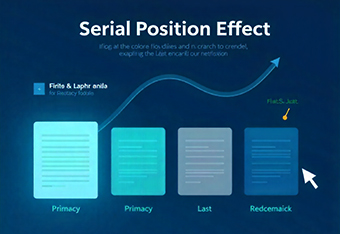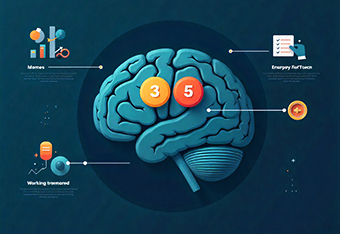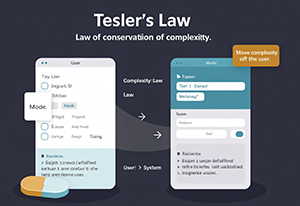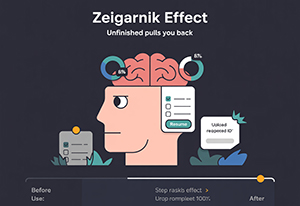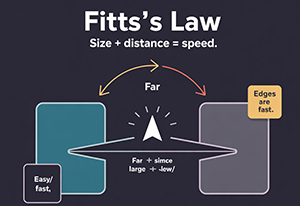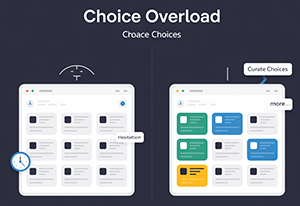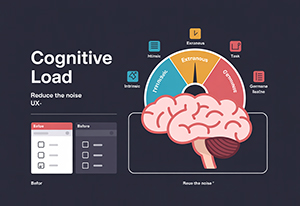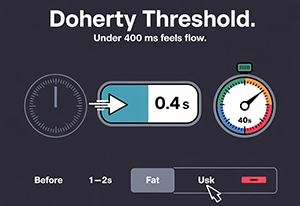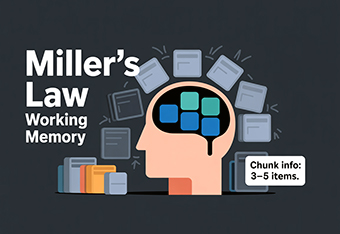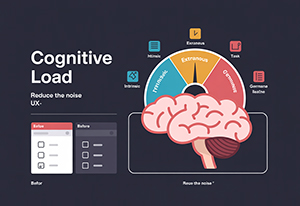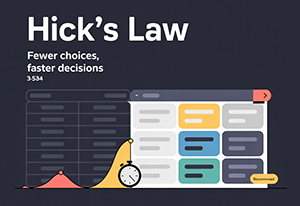Our UX Laws Articles
Explore our collection of UX Laws Informative Articles
Serial Position Effect
Users remember the first and last items best, so place key actions there,
Working Memory in UX
Design should reduce mental load, since users can only hold a few things in working memory at once.
Mental Models in UX
A compressed model based on what we think we know about a system and how it works.
Tesler’s Law
If you simplify too much, you'll transfer some complexity to the users
The Von Restorff Effect
People notice items that stand out more
The Zeigarnik Effect
People remember incomplete tasks better than completed ones
Pareto Principle (80/20) in UX
Roughly 80% of the effects come from 20% of the causes
Jakob’s Law in UX
Users expect your site to work like the ones they already use.
Fitts’s Law in UX
Large and close elements are easier to interact with.
Choice Overload in UX
The tendency for people to become overwhelmed when presented with a large number of options.
Cognitive Bias in UX
Mental shortcuts that influence user decision-making and interaction with digital interfaces
The Doherty Threshold
A system's response time should be less than 400 milliseconds for users to remain engaged.
Miller’s Law
Users can only keep 7±2 items in their working memory
Cognitive Load
The total amount of mental effort required to complete a task
Gestalt Principles
Describe how humans perceive visual information
Hick’s Law
More options lead to harder decisions
